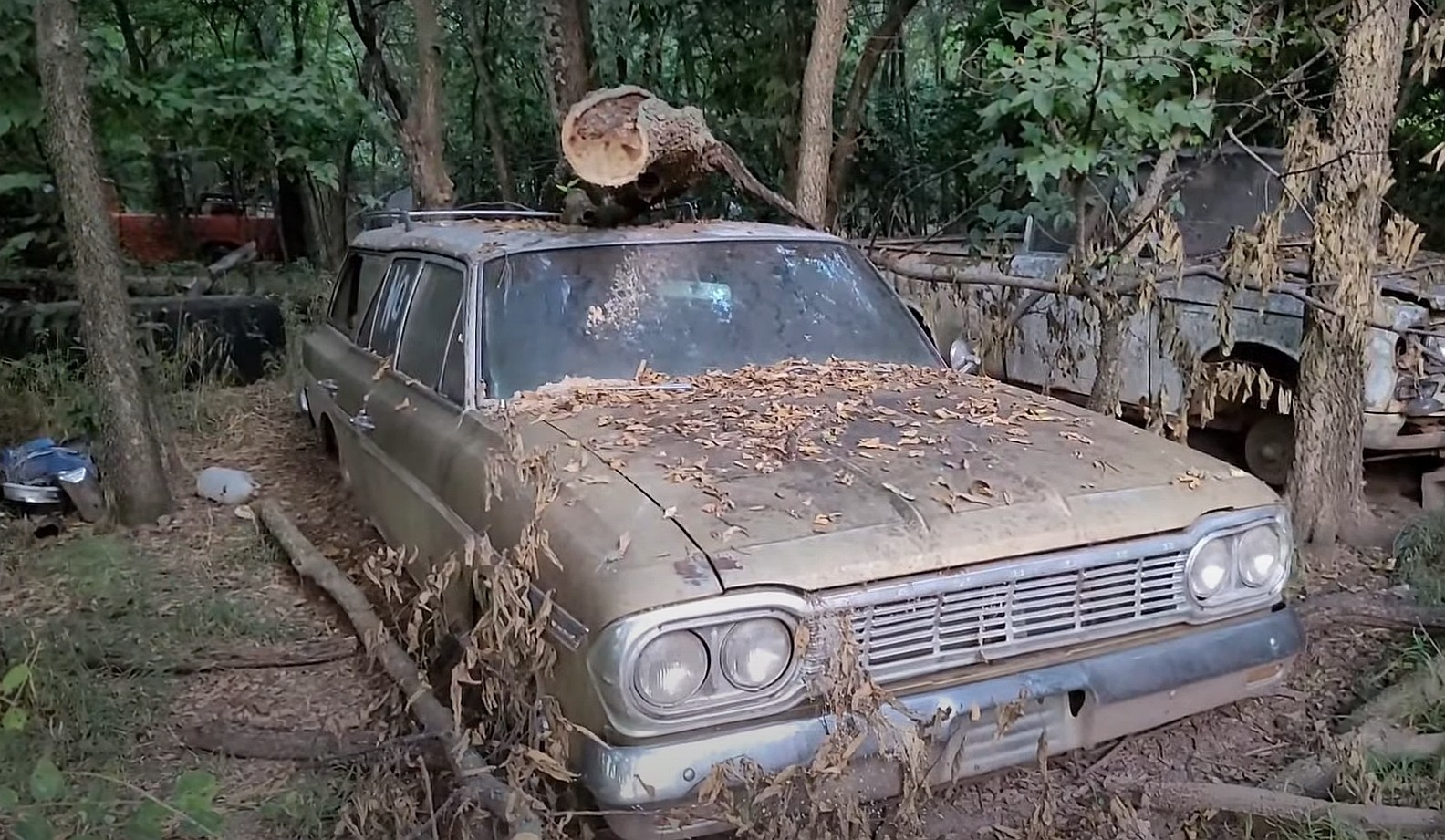While some car relics can be revived, others might not be worthy, but they could be donors and save other vehicles, true treasures – and we would love to see more success stories about saved vehicles. Over the years, the term “barn-find” evolved from vehicles found in sheds and, well, barns, to pretty much any vehicle found forgotten for decades in fields, yards, forests, or other properties.
Sometimes, they are truly valuable, while other times, they aren’t worth a dime. Most of them were parked in the back for small repairs, which never happened, and then, the owner just left them there to rot, since it was cheaper to keep than sell or tow them to the junkyard. Over time, those forgotten vehicles became very valuable. So, how do you find them?

Usually, owners of these forgotten relics won’t pay anything to advertise them, and they won’t post them on the Facebook market or on Craigslist since most of them are not tech-savvy. Maybe they don’t even have a computer, but there are big chances they know what’s an 8-track or still have one. Finding them is a matter of patience, searching, and digging.
First of all, if there were more cars sold in a given state in ’69, for instance, you’ll have more chances of finding a muscle car sitting around there. Search online for car sales statistics from that era, ask at DMVs, and start with the states with a dry climate. Thus, you might work less later. I remember a neighbor in Denver who had a fourth-gen burgundy Impala SS in his yard. The paint was burnt, but there was little rust on the car, while a Michigan car left in a yard for more than a decade is most likely a rust bucket.
If you have the patience, Google Maps is your friend.
Select an area, go to satellite image and start scanning. It might be a pain, but it might pay off. Usually, there are big chances that you’ll see more cars parked in the back of a house. Start with smaller communities, villages, and even remote farms with high odds of finding an old pickup. Don’t stop at the first address. Make a list and get more in the same area within a 100-mile radius, so you can visit them in a day or two. By the way, I checked with Google Maps, and that Impala SS I mentioned earlier looks to be still there.

While you are on site, don’t stop only at those addresses. Since Google Maps doesn’t update its images every day, those cars might already be gone. By the time you’ll get there, instead of a parking lot, you might find a new building. When you reach the location, go to a local repair shop and start asking questions Car communities are small, and they all know each other or, at least, might know someone who knows.
If you’re into car-hunting, you’d better be good at initiating a dialogue. You’ll have to talk to people you don’t know and make them share info with you. Thus, you might find cars parked inside buildings where Google Maps couldn’t get. If you know the name and address, go ahead, walk that extra mile and get the phone number. Those people might not be tech-savvy, but they still need a phone, and fortunately, landlines still exist. Don’t try to go directly to their doorsteps, and ask them kindly if they want to sell their cars, or go there with someone they know.
Finding a car on a property with an existing owner is the easiest way to get yourself a project car to work on. Most of the time, that car still has a title, a set of keys, and a record. If you are lucky, the only problem might be a broken distributor cap or a flat battery. Other times is just a shell with no title, no engine or transmission, and no windows, and the only living creatures that sat inside for the last four decades were a family of rats.
